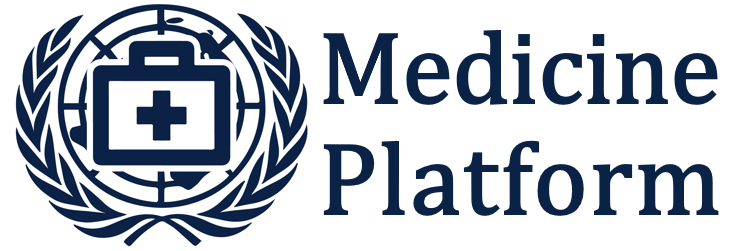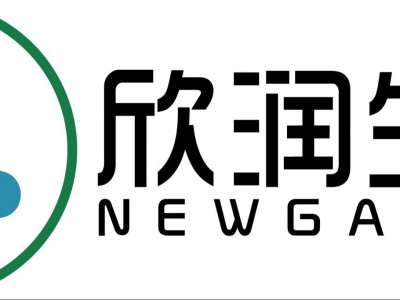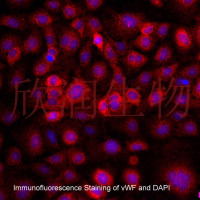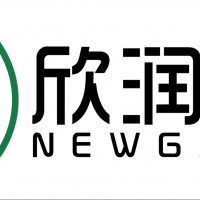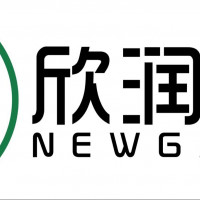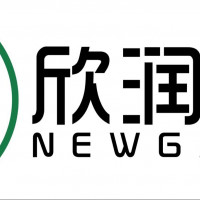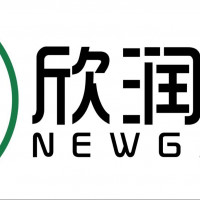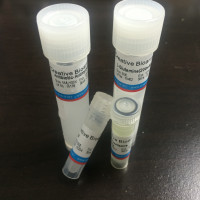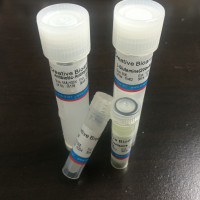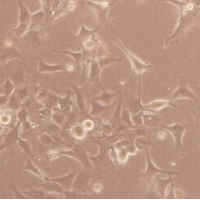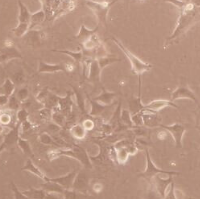- 细胞名称:B16-F10细胞(小鼠皮肤黑色素瘤细胞)
- 形态:上皮型,贴壁生长
- 含量:>1x106 个/瓶
- 污染:支原体、细菌、酵母和真菌检测为阴性
- 规格:T25瓶或者1mL冻存管包装
二、细胞接收后的处理:
1、贴壁细胞
- 收到T25方瓶细胞后,请检查是否漏液,如果漏液,请拍照片发给我们(冻存管细胞收到后直接37℃水浴复苏或直接放置于液氮中长期储存)。
- 请先在显微镜下确认细胞生长状态,去掉封口膜并将T25瓶置于37℃培养约2-3h。
- 弃去T25瓶中的培养基,换用新鲜的完全培养基。
- 如果细胞长满(90%以上)请及时进行细胞传代。
- 接到细胞次日,请检查细胞是否污染,若发现污染或疑似污染,请及时与我们取得联系。
2、悬浮细胞
- 收到细胞后,请检查是否漏液,如果漏液,请拍照片发给我们。
- 请先在显微镜下确认细胞生长状态,去掉封口膜并将15ml离心管置于37℃培养约2-3h。
- 1200rpm离心5min,弃去15ml离心管中的培养基,细胞沉淀用新鲜的完全培养基重悬并培养。
- 如果细胞长满(90%以上)请及时进行细胞传代。
- 接到细胞次日,请检查细胞是否污染,若发现污染或疑似污染,请及时与我们取得联系。
本公司的细胞培养操作规程,供参考
一、培养基及培养冻存条件准备:
- 准备H-DMEM培养基,90%;优质胎牛血清,10%。
- 培养条件: 气相:空气,95%;二氧化碳,5%。 温度:37℃,培养箱湿度为70%-80%。
- 冻存液:90%血清,10%DMSO,现用现配。液氮储存。
对于贴壁细胞,传代可参考以下方法:
- 弃去培养上清,用不含钙、镁离子的PBS润洗细胞1-2次。
- 加2ml消化液(0.25%Trypsin-0.53mM EDTA)于培养瓶中,置于37℃培养箱中消化2-3分钟,然后在显微镜下观察细胞消化情况,若细胞大部分变圆并脱落,迅速拿回操作台,轻敲几下培养瓶后加入3ml此细胞的培养基终止消化。
- 轻轻吹打后吸出,移入15ml离心管中,在1200RPM条件下离心5分钟,弃去上清液,加入1mL培养液后吹匀。
- 移入到事先准备好的含有5ml培养基的T-25培养瓶中或含有14ml培养基的T-75培养瓶中培养。
3)细胞冻存:待细胞生长状态良好时,可进行细胞冻存。贴壁细胞冻存时,先要消化处理并进行细胞计数。消化方法按照细胞传代方法的1-3步骤进行,最后的重悬液使用血清。悬浮细胞直接计数后离心,用血清重悬浮,加DMSO至最终浓度为10%。加入DMSO后迅速混匀,按每1ml的数量分配到冻存管中。本公司按每个冻存管细胞数目大于1X106个细胞冻存。
注意事项:
1. 收到冻存管细胞后,若发现干冰已挥发干净、冻存管瓶盖脱落、破损及细胞有污染,请立即与我们联系。
2. 所有动物细胞均视为有潜在的生物危害性,必须在二级生物安全台内操作,并请注意防护,所有废液及接触过此细胞的器皿需要灭菌后方能丢弃。
3. 细胞用途:仅供科研使用。
发货方式:
复苏后发货:我们复苏细胞后发货,货期一周左右,免运费。(气温较好建议复苏后发货)
冻存发货(干冰运输):需额外增加干冰运费,选择干冰运输的我们发两管细胞,为了保证客户接种可靠性多发一管。(气温低于0℃须冻存发货)
细胞发货采取专业的运输包装,并选择最快捷的运输方式(顺丰速运或其他空运快递)
The B16F10 cell receptor for a metastasis-promoting site on laminin-1 is a heparan sulfate/chondroitin sulfate-containing proteoglycan.
Exposure to AG73, a synthetic peptide (LQVQLSIR) from the COOH-terminal region of the laminin alpha1 chain, induces a malignant phenotype in B16F10 melanoma cells. Coinjection of this peptide with the cells results in an increase of lung tumors and also the formation of liver tumors in approximately 50% of the mice (W. H. Kim et al., Int. J. Cancer, 77: 632-639, 1998). Here we have characterized the cell surface receptor and its functional groups on B16F10 cells. Peptide affinity chromatography identified a cell surface protein eluting with 1 M NaCl, which ran in SDS gels as a broad band of M(r) approximately 150,000-200,000. Digestion with heparitinase and chondroitinase produced a core protein of lower molecular weight (M(r) approximately 90,000). Involvement of the glycosaminoglycan (GAG) side chains was demonstrated by inhibition of cell binding to the peptide by heparin, heparan sulfate, and chondroitin sulfate B, but not by chondroitin sulfates A or C, or hyaluronic acid. The IC(50) for heparin was the lowest, followed by heparan sulfate, then chondroitin sulfate B, suggesting that the overall sulfation of the GAG side chain is critical. This was confirmed by inhibition of attachment with chemically modified heparin and heparan sulfate, which also showed that N or O linkages were not important for function. Using sized heparin fragments to inhibit cell binding to the peptide demonstrated that 16-mer is the minimum length required. B16F10 cells form a network when grown on Matrigel, and this is prevented by addition of the AG73 peptide. The GAGs alone did not affect network formation, but heparin, heparan sulfate, and chondroitin sulfate B reversed the inhibitory effect of the peptide, whereas other GAGs were inactive. Furthermore, removal of cell surface GAGs inhibited cell attachment to the peptide. Cells treated with glycosidases and coinjected with the peptide formed liver tumors equal to the control group receiving no peptide, suggesting that the GAGs play an early role in peptide-mediated tumor metastasis. These data indicate that the B16F10 cell receptor for a laminin metastasis-promoting sequence is a heparan sulfate/chondroitin sulfate-containing proteoglycan, and these GAG side chains are functionally important in the cell-peptide interaction.
In vitro anticancer activity of dietary bioagent (isothiocyanates) on HepG2 and B16F10 cell lines: a comparative study
n vitro anticancer screening of different isothiocyanates (ITCs) [Allyl isothiocyanate (AITC), Phenylethyl isothiocyanate (PEITC) and Sulphoraphane (SUL)], derived from naturally occurring Eruca sativa seed oil (SO) against HepG2 human liver carcinoma cell line and B16F10 mice melanoma cell line have been carried out using MTT (Methyl Thiazole Tetrazolium), TBE (Trypan Blue Exclusion) and SRB (Sulphorodamine-B) bioassays. Combination of three ITCs Allyl isothiocyanate (AITC), Phenylethyl isothiocyanate (PEITC), Sulphoraphane (SUL) isolated from seed oil in ratio of 1:1:1 exhibited maximum percentage inhibition of 97.12%, 96.34% and 96.56% by HepG2 while 96.32%, 95.34% and 96.43% inhibition by B16F10 cell line for MTT, TBE and SRB respectively against reference drug doxorubicin at concentration 50 M. Percent inhibition has been found to be more pronounced in isothiocyanates combination compared to its naturally occurring E. sativa seed oil in both the cell lines. Combination also displayed significant antimelanoma activity (IC 50 value 18.51 μM) against B16F10 .
